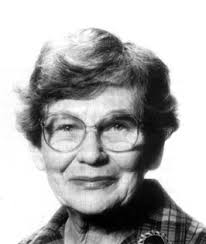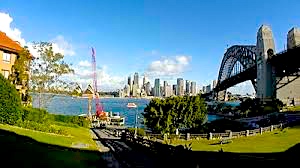Note: Amy Witting (1918 -2001) was SHORTLISTED for the Miles Franklin Award in 1990 for I for Isobel and again in 2000 for Isobel on the Way to the Corner Shop. In 1993 she was WINNER of the Patrick White Award.
“You could change your name, have your face altered, change your country and your language, but in the end you would resurrect yourself.”–Isobel’s own thoughts.
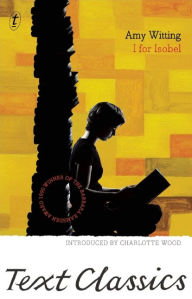 Australian author Charlotte Wood, who writes the introduction to this newly reprinted novel by Amy Witting (1918 – 2001), apologizes for never having read this 1979 novel before now, though Witting has always had, in Australia, the reputation for being a kind of literary “great aunt” to modern Australian writers. Though Witting has often been compared to her contemporaries like Elizabeth Jolley and Thea Astley because of her interest in “intimate psychological spaces” and in the lives of women, Wood finally admits to having been put off by the “embarrassing” titles of Witting’s two most famous novels – I for Isobel, recognized as Witting’s masterpiece, and its sequel, Isobel on the Way to the Corner Shop, considering them “girlish and flatfooted, giving off a cutesy, floral whiff.” If any readers of this review are reacting the same way (as I confess I was, before I started reading the book), then I hope you will eventually admit, as Wood does, “How wrong I was.”
Australian author Charlotte Wood, who writes the introduction to this newly reprinted novel by Amy Witting (1918 – 2001), apologizes for never having read this 1979 novel before now, though Witting has always had, in Australia, the reputation for being a kind of literary “great aunt” to modern Australian writers. Though Witting has often been compared to her contemporaries like Elizabeth Jolley and Thea Astley because of her interest in “intimate psychological spaces” and in the lives of women, Wood finally admits to having been put off by the “embarrassing” titles of Witting’s two most famous novels – I for Isobel, recognized as Witting’s masterpiece, and its sequel, Isobel on the Way to the Corner Shop, considering them “girlish and flatfooted, giving off a cutesy, floral whiff.” If any readers of this review are reacting the same way (as I confess I was, before I started reading the book), then I hope you will eventually admit, as Wood does, “How wrong I was.”
I for Isobel, written in 1979 and first published in Australia in 1989, focuses on a tough main character, a child who fills the novel with a kind of mental violence against both herself and those who “cross” her, as she endures a coming-of-age essentially alone. All her possible role models – parents, teachers, family, and contemporaries – damage her more than aid her as she grows up. “Her mother’s anger was [like] a live animal tormenting her,” and when Isobel says she knows her mother hates her, the reader will have no problem actually believing her – her mother does hate her, for reasons unknown. Each year, as Isobel’s birthday comes close, Isobel hopes that this year, unlike the preceding year, she will receive at least one small present. At the last minute, however, her mother always reneges, saying “January is too close to Christmas for birthday presents” – or “It is vulgar to celebrate birthdays away from home [on vacation].” When Isobel invents ways to let others know it is her birthday, so that perhaps they will recognize her birthday, her mother, claiming she has been humiliated by Isobel’s actions, then makes her pay with even more psychic punishment.
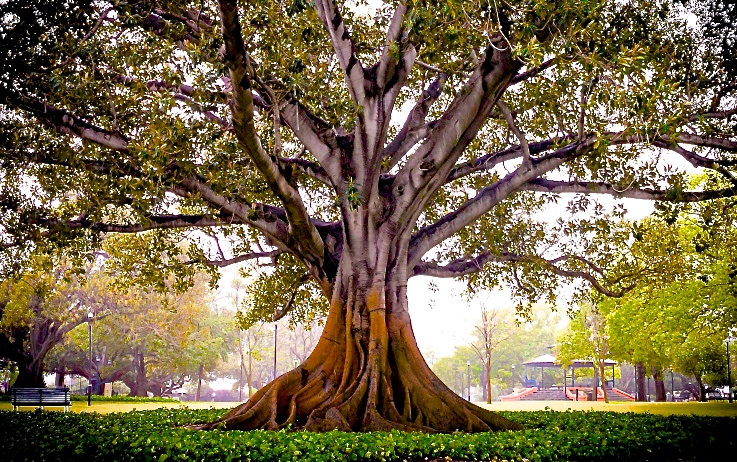
Each year Isobel’s family goes to a lakeside boardinghouse where they spend summer holidays. The great Moreton Bay fig tree reminds Isobel of desolate past birthdays on which she did not receive any presents.
The one area in which Isobel is able to achieve some kind of escape and happiness is through books. Even as a nine-year-old, she is a voracious reader, and the reading gives her a kind of personal outlet, too, when she soon turns her attention to her own writing. She receives rare recognition when she wins a certificate for a clever poem in school, and she fantasizes about someday receiving The Complete Works of Sir Arthur Conan Doyle as a present. Gradually, the bright but psychologically abused child realizes that her mother’s issues are greater than her own, and with that awareness she is able to deny her mother the anger which her mother seems to crave.
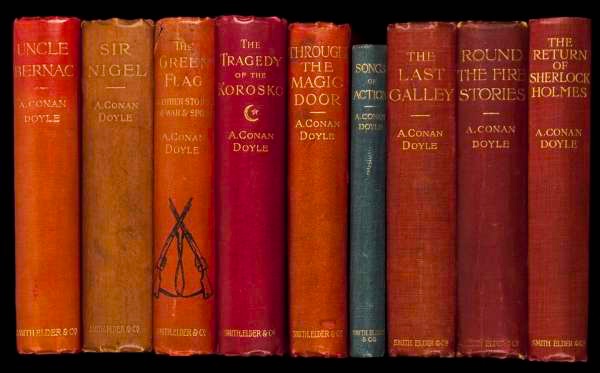
If she could have any present in the world, she would ask for the Complete Works of Sir Arthur Conan Doyle.
As Isobel matures, she attends schools which develop some of her skills, though there is no possibility of her continuing school after graduation. On her own, she begins to associate with a group of young people who love reading sophisticated novels and poetry, having literary discussions, and critiquing others’ work. She continues to read voraciously, discussing what she is reading with some of her new literary acquaintances and coming to new understandings. Unfortunately, she has been so damaged by her upbringing that she has little awareness of how to communicate with people her own age on an emotional level, and though she would love to share a true friendship with someone of either sex, she regularly says and does the wrong thing, even to those who would like to know her.
“I want to be one of the crowd,” she admits, but she has so many needs – for a real mother, father, and family – to fill the life-long void in her life – that her social clumsiness sometimes hurts others, and she remains forlorn, though determined not to give up. Not surprisingly, it is issues of love, often in the lives of her contemporaries in the boarding house, that she begins to realize how much her friends’ problems sometimes resemble her own. In charge of her life, if not in control, Isobel makes many regrettable mistakes, until a crisis occurs in which she realizes what it will take to know herself and act responsibly. As Isobel slowly begins thinking beyond the specifics of her day-to-day life, she comes to conclusions about the grand themes of life, death, friendship, creativity, and social responsibility. Her reading and her personal explorations begin to bear fruit. Surprise twists at the end give a sense of true perspective and make Isobel feel real, giving depth to the author’s point of view and expanding the themes.
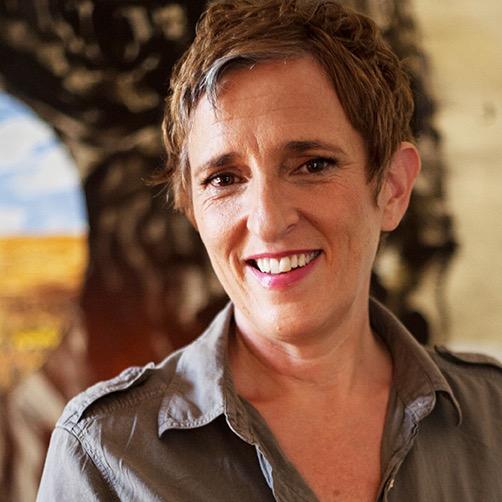
Author Charlotte Wood writes the introduction to this classic novel, written in 1979 and first published in 1989. Her own novel, THE NATURAL WAY OF THINGS, is on the Shortlist of the Victorian Premier’s Literary Awards for 2016.
Ultimately, the author’s astute psychological realism leads the reader to believe that much of the novel is autobiographical, and a quick look at Wikipedia’s biography of Witting shows that this is possible. After its slow and simply written start, the book becomes the sophisticated study one would expect of an acknowledged “masterpiece.” Avoiding the sentimentality which would have spoiled this analytical study, the author creates a flawed and sometimes frightening female character who nevertheless becomes sympathetic, and many readers will be anxious to continue Isabel’s story by reading its sequel, Isabel on the Way to the Corner Shop.
Photos, in order: The author photo appears on https://en.wikipedia.org/
Each summer the Cavanagh family would summer at a lakeside boardinghouse, near a great Moreton Bay fig tree which always reminded Isobel of all the birthdays on which she did not receive a present. http://photocritic.digitalphotographycourses.co.za
The Complete Works of Sir Arthur Conan Doyle are pictured on http://www.arthur-conan-doyle.com
Isobel visits Diana in Kirribilli with some sad news. If you double-click on the photo, you will see the Sydney Opera House on the other side of the bay. http://photocritic.digitalphotographycourses.co.za/
Charlotte Wood, who wrote the introduction to this novel, is herself a prize-winning novelist, winner of the Christina Stead Prize in 2013, and the People’s Choice Award and the NSW Premier’s Literary Award winner for her novel “Animal People.” https://twitter.com/charlottewoodau Her new novel, THE NATURAL WAY OF THINGS, is on the Shortlist of the Victorian Premier’s Literary Awards for 2016
